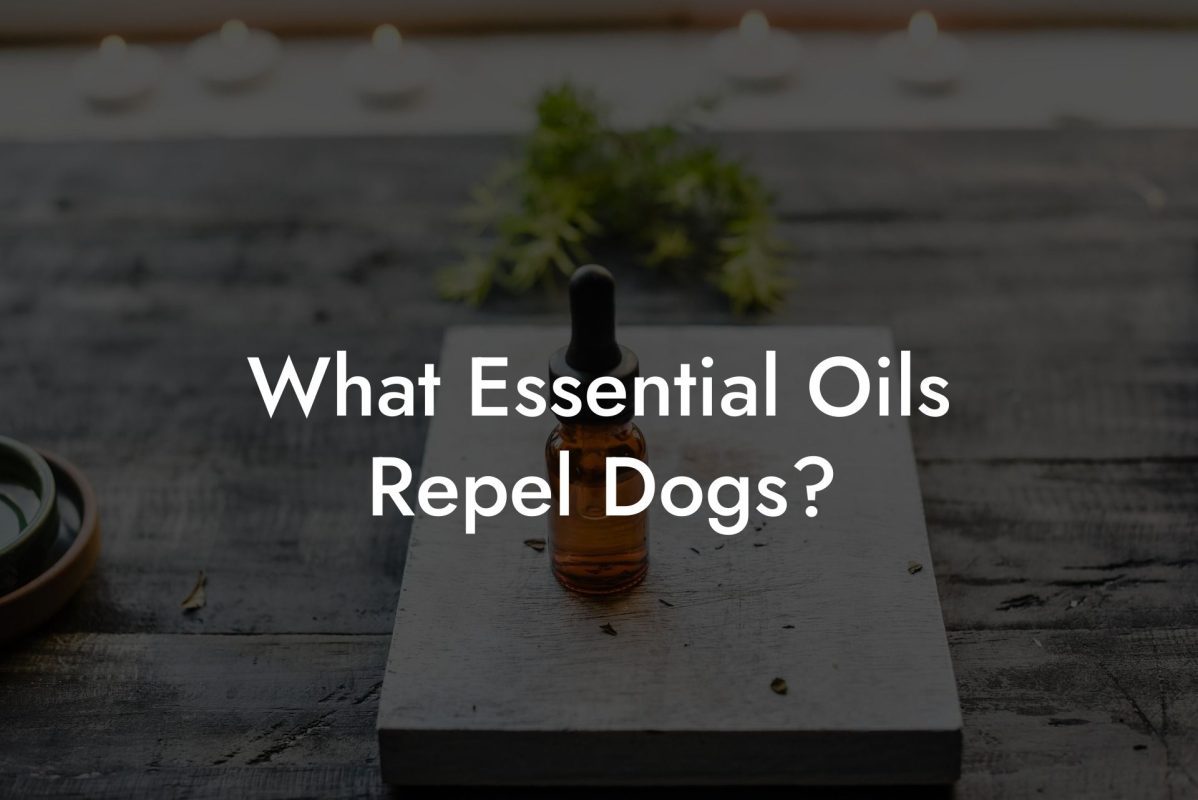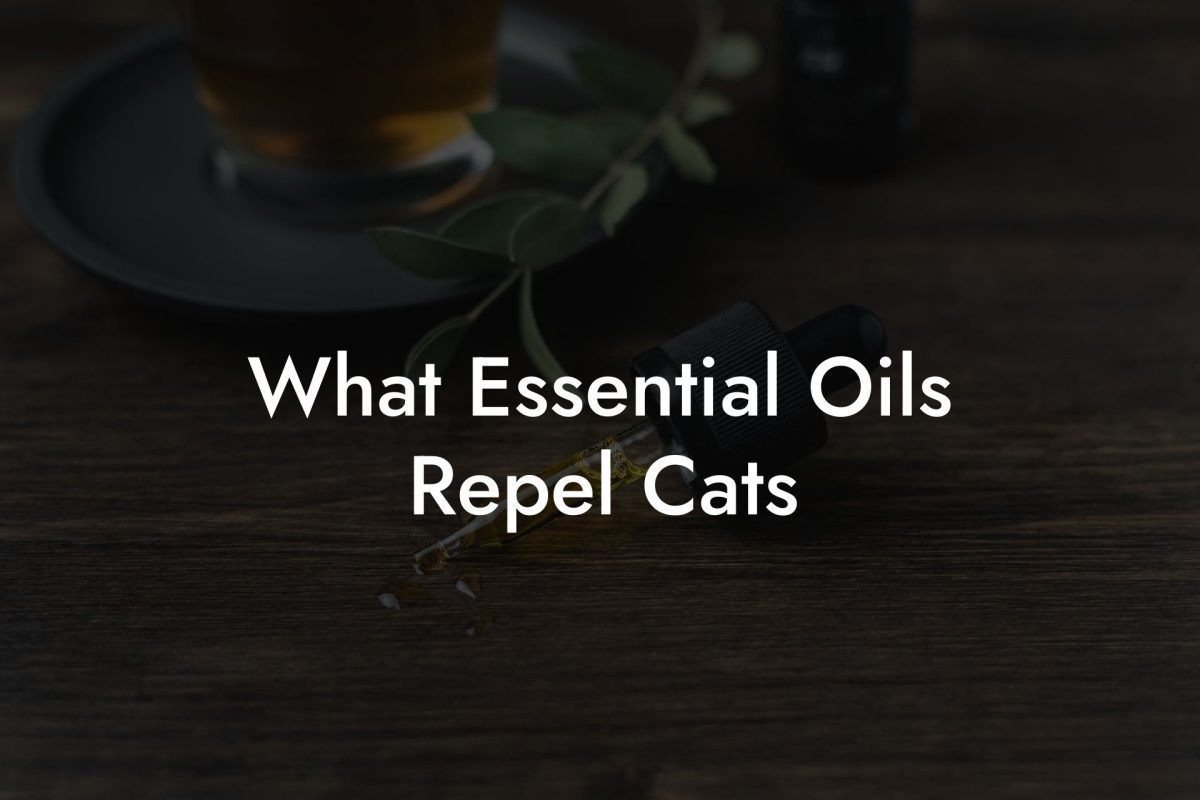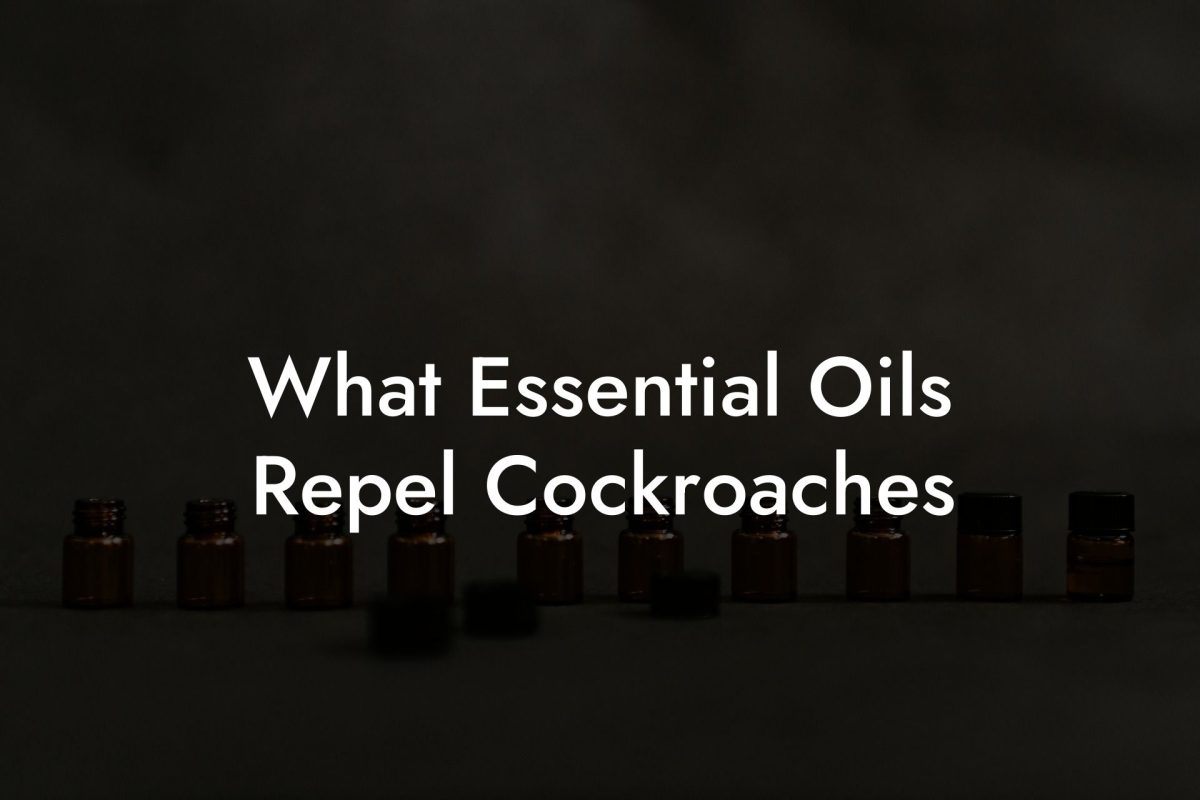Food grade essential oils have gained popularity in recent years, as more people are discovering the benefits of adding these potent natural flavors and fragrances to their favorite dishes. However, using essential oils in food requires proper knowledge and techniques to ensure safety and optimal taste. This informative guide will explore the realm of food grade essential oils and provide practical tips for enhancing your culinary creations with these aromatic extracts.
Table of Contents
What are Food Grade Essential Oils?
Food grade essential oils are high-quality, pure essential oils that have been tested and deemed safe for consumption by regulatory bodies such as the FDA and GRAS (Generally Recognized as Safe). These oils are often used as flavoring agents in food and beverage products, offering a natural alternative to synthetic additives. With their concentrated flavor and aroma, only a small amount is needed to produce significant results in your culinary creations.
Popular Food Grade Essential Oils and Their Uses
- Lemon – Lemon essential oil can add a zesty and refreshing flavor to a wide range of dishes, from salads and desserts to fish and chicken dishes.
- Peppermint – With its cooling and invigorating taste, peppermint essential oil is perfect for recipes such as chocolate desserts, teas, and homemade toothpaste.
- Rosemary – Known for its robust, earthy taste, rosemary essential oil can elevate dishes like roasted vegetables, potatoes, and meats with just a few drops.
- Oregano – Whether it’s pasta, pizza, or marinades, oregano essential oil delivers an authentic Mediterranean flavor with a rich and savory touch.
- Orange – Orange essential oil adds a sweet and tangy citrus flavor to desserts, marinades, smoothies, and more.
Safety and Precautions for Using Food Grade Essential Oils
Although food grade essential oils are safe for consumption, it’s crucial to adhere to the following guidelines and precautions:
- Always choose high-quality, 100% pure, food grade essential oils from reputable suppliers such as Oshu Oils.
- Just because an essential oil is safe for topical or aromatic use doesn’t necessarily mean it’s safe for consumption – always check the product label to be sure.
- Less is more – essential oils are highly concentrated, so start with only a drop or two and adjust accordingly to achieve the desired taste.
- Dilute essential oils in a carrier oil or another fat-soluble ingredient (such as honey or chocolate) for even distribution and to prevent potential irritation in the mouth or digestive tract.
- Be cautious when using essential oils in cooking, as high temperatures can alter their chemical composition and impact their flavor, aroma, and therapeutic properties.
- Keep essential oils out of reach of children and pets, and if you have any underlying health conditions, consult with a healthcare professional before ingesting them.
Food Grade Essential Oils Example:
Refreshing Lemon Herb Salad Dressing
Try this simple yet flavorful recipe using food grade lemon essential oil:
Ingredients:
- 1/4 cup olive oil
- 2 tbsp apple cider vinegar
- 2 tsp honey
- 1-2 drops food grade lemon essential oil
- 1/4 tsp dried basil
- 1/4 tsp dried oregano
- Salt and pepper to taste
Instructions:
- In a small bowl, whisk together olive oil, apple cider vinegar, honey, and lemon essential oil.
- Add dried basil, oregano, salt, and pepper, and whisk until well combined.
- Drizzle over your favorite mixed greens salad and enjoy the burst of fresh, zesty flavor!
There you have it – a comprehensive guide to using food grade essential oils for culinary purposes. With a little knowledge and practice, you can elevate your dishes and benefit from the natural flavors and aromas of these potent plant extracts. Be sure to share this informative article with fellow food enthusiasts and explore Oshu Oils’ other guides for more insights on essential oils and aromacology. Experience the difference that high-quality essential oils from Oshu Oils can make in your culinary creations, wellbeing, and overall lifestyle.





















